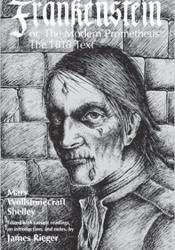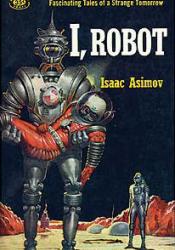Geneva, Switzerland
Victor Frankenstein's home town, where he left for university and returned a few years later after creating his creature.
Capital of the European Region in Asimov's "The Evitable Conflict".
Coordinates
Latitude: 46.183633727510
Longitude: -353.847656250000
Longitude: -353.847656250000


